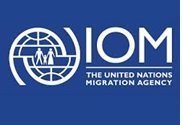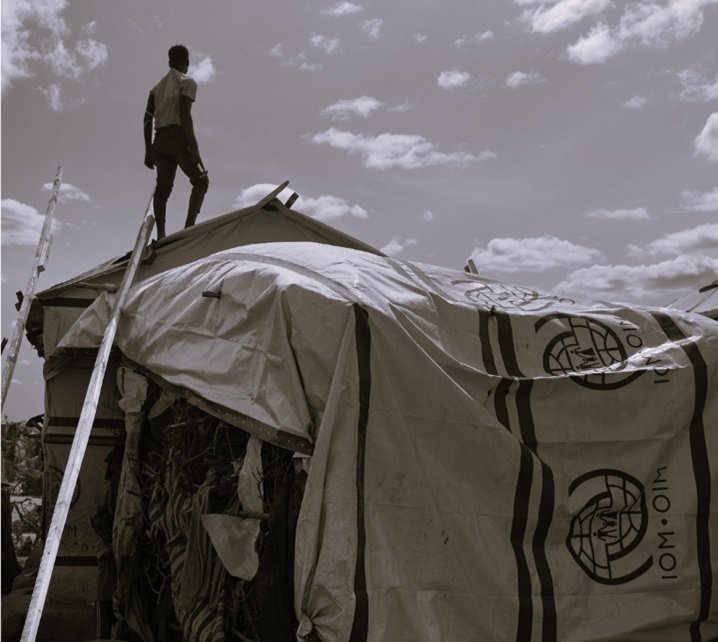
Introduction:
Somalia has been the scene of countless conflicts, violence, and natural disasters (human-enhanced) since the collapse of the Somali state in 1991. This has led to large recurring waves of forced displacement both within Somalia and to neighbouring countries. The initial period of crisis after the ouster of Siad Barre was followed by a decade of relative calm in the late 1990s and early 2000s. However, the emergence of Al Shabaab and the invasion of Ethiopian troops in 2006 set the stage for a protracted crisis that continues to this day.

Somali civilians are often trapped in the middle of these events, leading to an increasing share of the population forced to leave their homes to live as Internally Displaced Persons (IDPs). Their situation is exacerbated by ever-shrinking access to humanitarian aid and frequent natural disasters (human-enhanced) and climate extremes. The 2010/11 and 2014/15 droughts were considered to have been among the most devastating humanitarian crises of the 21st century. However, the 2021-2023
drought that impacted the vast majority of Somalia was estimated to be the worst in over four decades.
The historic drought that brought the country to the brink of famine was followed by a heavy deyr rainy season six months after.
In 2023 and 2024, two opposite climate phenomenon were expected to follow each other. El Niño episode caused devastating floods in the final quarter of 2023, and the start of 2024 brought with it an urgent need for recovery. Flooding caused by heavy rains destroyed key transportation points connecting Somalia, including the main roads connecting Middle Juba to Mogadishu, Kismayo, alongside 15 key airstrips. Conversely, the IPC forecast indicating an 80 per cent probability of La Niña causing severe
drought conditions towards the end of 2024 and start of 2025, raises concerns for further devastation.
Beyond infrastructural damage across Somalia, El Niño inflicted an exponential increase in cholera cases across the country, with 12,327 cases and 114 fatalities reported from January to May 2024. The scaled-up response efforts ensured 1.4 million vials of oral vaccines were distributed across five districts (UNICEF).
However, the seasonal period of increased disease outbreaks towards the end of the year demands further attention in the face of shrinking humanitarian funding. Compounded by decreased funding, the needs caseload is likely to worsen in the final months of 2024. The estimated 3.6 million people currently experiencing crisis levels of hunger is anticipated to rise to 4.4 million with the onset of La Niña from October to December. Children and vulnerable populations are likely to suffer most, with an estimated 1.6 million children under five at risk of acute malnutrition until July 2025. Notably, two thirds (66%) of this total caseload are concentrated in southern regions.
Overall displacement is a critical concern for Somalia. Natural disasters (human enhanced), conflict, forced evictions, limited services, and the loss of livelihoods shape the landscape of displacement in Somalia, rendering the most vulnerable communities in dire need of food, water, and shelter, amongst other needs.
Read more: Displacement Matrix Tracking: Somalia Baseline Assessment -Round 3
Source: IOM

Leave a Reply